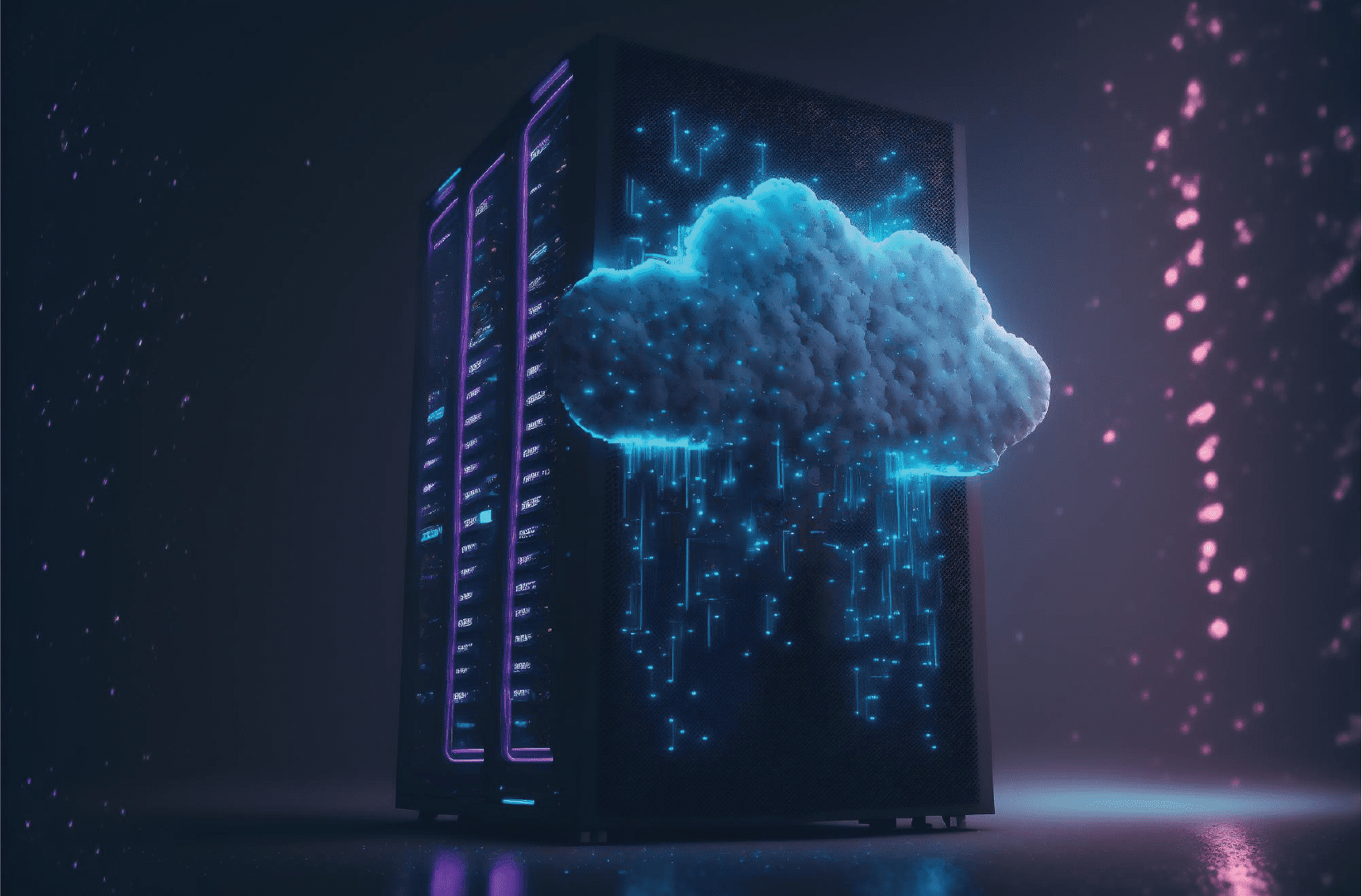Edge Computing: Enabling the Potential of IoT and Real-Time Applications
Introduction
In today's highly interconnected global landscape, there is an unprecedented need for instant data processing and uninterrupted connectivity. This is where edge computing comes into play, a groundbreaking technology with the potential to completely transform data processing and delivery. In this blog, we will explore the world of edge computing, its crucial role in driving the Internet of Things (IoT), and how it empowers real-time applications that are set to reshape numerous industries.
Understanding Edge Computing
Edge computing represents a decentralized computing paradigm where data processing occurs near the data source, instead of relying on distant data centres or the cloud. By adopting this approach, latency is significantly minimized, and data processing efficiency is improved, making it particularly well-suited for real-time applications. In essence, edge computing complements cloud computing by moving computational tasks nearer to the network's edge, closer to the devices responsible for generating the data.
Empowering the Internet of Things (IoT)
The Internet of Things (IoT) is a network of interconnected devices, sensors, and objects that gather and exchange data through the internet. Edge computing plays a crucial role in enabling the IoT by processing data locally at the network's edge. This approach offers numerous benefits:
1. Reduced Latency: In IoT applications, milliseconds matter. By processing data at the edge, edge computing minimizes the time it takes for data to travel from the device to the data centre and back, leading to real-time responses and actions.
2. Bandwidth Optimization: IoT devices often generate vast amounts of data. Instead of sending all that data to a centralized cloud server, edge computing filters and processes data locally, optimizing bandwidth usage and reducing network congestion.
3. Enhanced Security: Edge computing provides an additional layer of security by processing sensitive data locally. This reduces the risk of data breaches during data transmission to remote servers.
4. Offline Capabilities: Edge computing enables IoT devices to function even when disconnected from the central network, ensuring continuous operations in remote or unpredictable environments.
Powering Real-Time Applications
The capability of edge computing to handle data at the edge of the network paves the way for a diverse array of real-time applications spanning across different industries:
1. Autonomous Vehicles: Edge computing allows autonomous vehicles to make split-second decisions by processing sensor data in real-time, enhancing safety and reliability.
2. Smart Cities: In smart city initiatives, edge computing facilitates real-time monitoring and analysis of data from various sensors, optimizing traffic management, waste collection, and energy consumption.
3. Healthcare: Edge computing enables remote patient monitoring, allowing healthcare providers to receive real-time patient data, make timely diagnosis, and deliver immediate care.
4. Industrial IoT: In industrial settings, edge computing improves operational efficiency by enabling predictive maintenance, real-time monitoring, and optimized resource allocation.
Conclusion
Edge computing is an innovative and game-changing technology that unlocks the complete potential of the Internet of Things and real-time applications. By relocating data processing to the network's edge, edge computing enhances efficiency, minimizes latency, and empowers industries with instantaneous insights. As this technology continues to advance, we anticipate witnessing a plethora of ingenious applications that transform various sectors, creating a smarter, more interconnected, and highly responsive world like never before.









